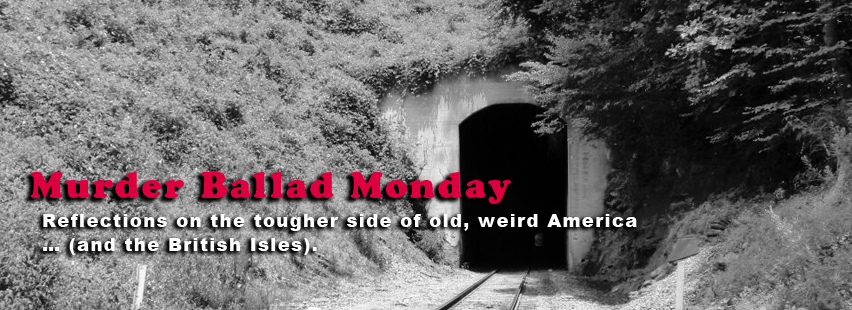Wasn’t That a Mighty Storm / Galveston Flood
<<<Back to page 2
In that moment of reflection and expression of deep pain, they began to sing “Wasn’t That A Mighty Storm.” As someone noted on the catalog card for the LOC recording, it seems likely that the singer here is not Griffin, but rather the song-leader who was helping him. Whoever it was, the performance is astounding, particularly when imagining the setting as Lomax described it.
The lyrics are essentially the same as on the Von Schmidt track, though rearranged a bit and with just a tad more material. The seawall is still there, though I am not inclined to make too much of this. Galveston did build a seawall immediately after the hurricane, with the first major portion completed by 1904. It’s possible that this fact was inserted into the narrative unwittingly by the author, or even that originally the lyrics said something like “Galveston had no seawall,” though I have no evidence of this. Given that the other specifics of the song match reality, such as the loaded train trestles collapsing, this one incongruity is not particularly damning.
Lomax’s chapter on Griffin from which I’ve been excerpting does not say anything about a claim of authorship, but several sources online assert that Griffin told Lomax the song was his – again, though, this claim is made without citation. Without more research, beyond this point I am in the realm of speculation. Like Galveston after the storm, all the bridges to this song’s origin are out. Still, it’s not a totally pointless endeavor.
It is of course possible that Griffin composed the song. Knowing what we do about folk music, it is more likely that he arranged his own version of a song or song family that was making the rounds a decade and a half after the great storm. The evidence for that is circumstantial, but real. First, we have to consider the chorus. It seems rather clearly derived from the Christmas spiritual “Mighty Day”, a song that appears on electric record by 1922 and almost certainly would have been current in turn-of-the-century black churches on the Gulf Coast. (See the end of my Spotify playlist, below.)
A preacher using a spiritual chorus as a template isn’t far-fetched of course. However, there is another version of “Galveston Flood” called “Mighty Day.” It is not directly part of the branch we’ve been exploring, but if you listen to the version cut by the Chad Mitchell Trio in 1961, you can hear that it’s at least part of the same tree. Without more research, I can’t tell if it is a ‘folk processed’ version of the song from Sin-Killer’s service, or a variant from different source material. The latter could be true insofar as the lyric variation from Sin-Killer’s version is pronounced; yet, the language of the Trio’s version suggests a pre-war source. The music certainly isn’t traditional African-American, but the lyrics could be.
Where and when did this song arise? Reasonable speculation leads us to conclude that, if Sin-Killer didn’t write it exclusively, it seems likely that it arose from the common suffering of black churchgoers along the Gulf Coast of Texas before 1920. Many would have lost friends and family on that horrible day, and found some solace both in communal worship and song. The song certainly seems patterned after a common spiritual and so was easy to sing and likely to branch out and spread.
But it may have been meant to do more than just remind folks about a horrible historic event. Sin-Killer used it in his service in a way that may shed considerable light on the purpose of the song as it took roots and developed. It was not Blues after all, but Sunday morning music. As he put it to the inmates in that Easter service…
“You keep foolin’ with the Master and He will shake the earth again.”
Coda
One can imagine that moment in which 300 black inmates, in the living hell of a pre-war southern prison, sang a song about a community wiped out in a deluge. Most of them would have known the basic history – it was more or less local and relatively recent. Some may have survived it as children, or lost family in the storm. Many probably knew others who had. But don’t miss my point. Every single one of those black men would have understood viscerally the metaphor of drowning in a flood – of dying in the storm. That’s where they were, desperately trying to hold on to any bit of flotsam in a world that to them was as hostile as the ocean in a hurricane – a world that cared as little about them as the Gulf did Galveston.
Maybe then that’s why this song persists today. It isn’t simply a creative record of a terrible event. It’s our story, each one of us, when we are lost in the waters, terrified of drowning – maybe it’s been raining for a week and the Ark is nowhere to be seen. You know what I’m saying?
Whatever you might think of the deep reason for it, this song does indeed endure. I’ll close then with one powerful and unique recent cover from The Duhks, and tack on my Spotify playlist that includes everyone from Sin-Killer to James Taylor.
Thanks for reading and listening this week folks!


